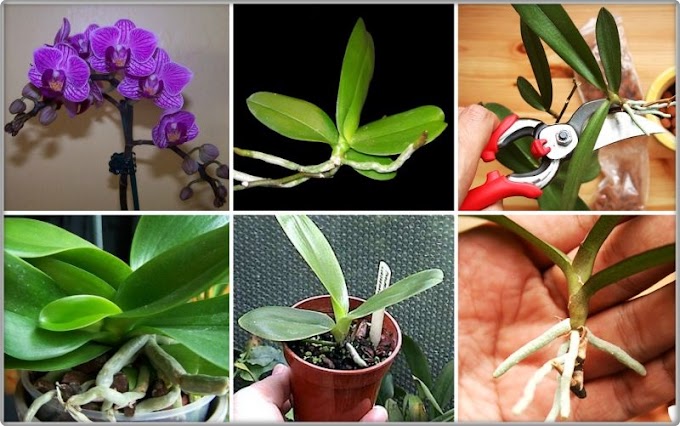Scientific Name
Echinopsis atacamensis (Phil.) Friedrich & G.D.Rowley
Common Names
Cardon, Cardon Grande, Cavul, Pasakana
Synonyms
Cereus atacamensis, Echinopsis atacamensis subsp. atacamensis, Helianthocereus atacamensis, Leucostele rivieri, Pilocereus pasacanus, Trichocereus atacamensis, Trichocereus eremophilus, Trichocereus pasacana
Scientific Classification
Description
Echinopsis atacamensis has a tall columnar habit, sometimes forming branches and becoming treelike. It grows up to 33 feet (10 m) high, with stems up to 28 inches (70 cm) in diameter. The stems have 20-30 ribs and areoles with 50-100 maroon coloured spines, the longest up to 12 inches (30 cm) long. The rose-white flowers are up to 6 inches (15 cm) long, borne on the sides of the stems. The dark green, edible fruits are densely covered with hairs, up to 2 inches (5 cm) long.
How to Grow and Care
If you can grow cacti and succulents successfully, you can likely grow the Echinopsis species without too much trouble. Like many cacti, they prefer a drying period between waterings, even to the point where they slightly wilt. When you water, however, you should water deeply. The plant will noticeably plump up. It’s imperative that the cactus is not exposed to prolonged dampness and sitting water. Never let your cactus sit in a dish of water. Lastly, make sure to fertilizer during the growing season for the best results.
Repot as needed, preferably during the warm season. To repot a cacti, make sure the soil is dry before repotting, then gently remove the pot. Knock away the old soil from the roots, making sure to remove any rotted or dead roots in the process. Treat any cuts with a fungicide. Place the plant in its new pot and backfill with potting soil, spreading the roots out as you repot. Leave the plant dry for a week or so, then begin to water lightly to reduce the risk of root rot…




